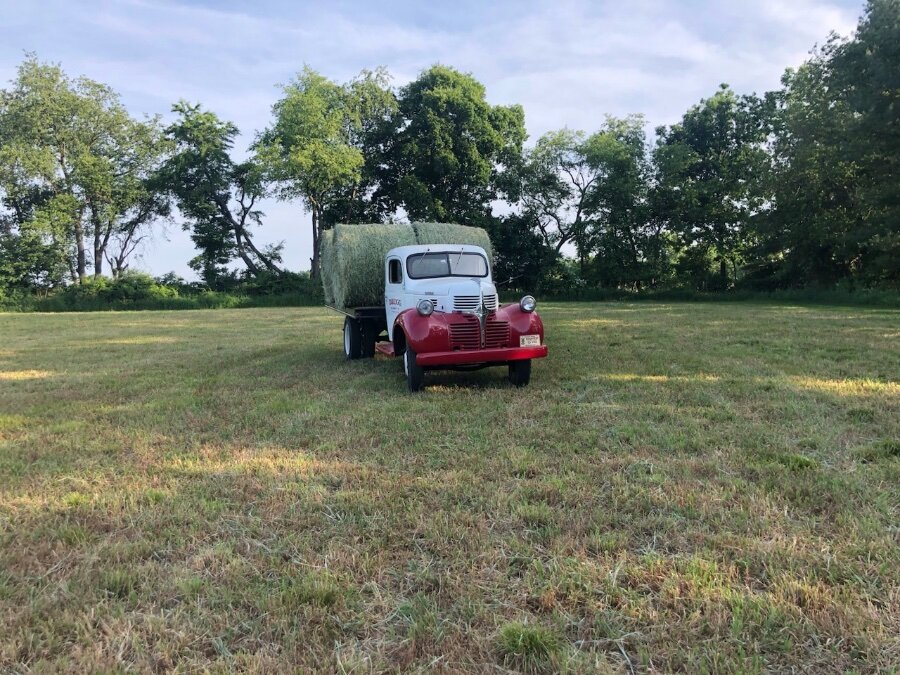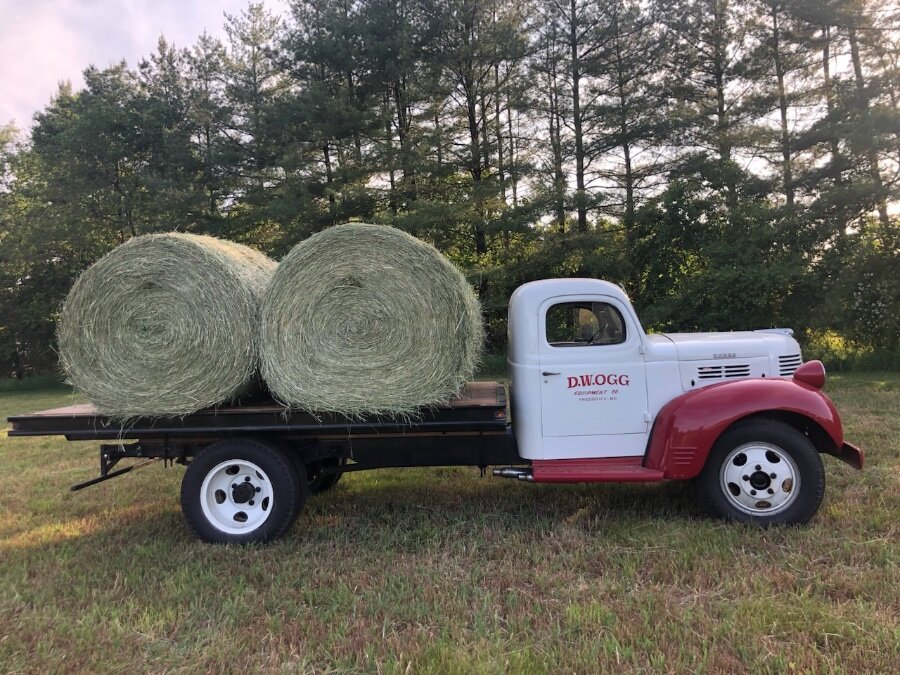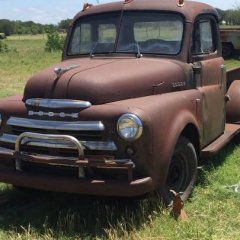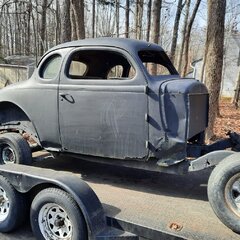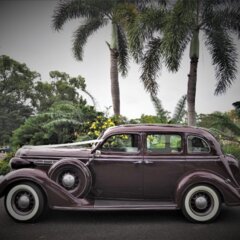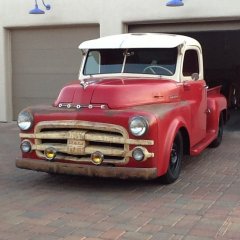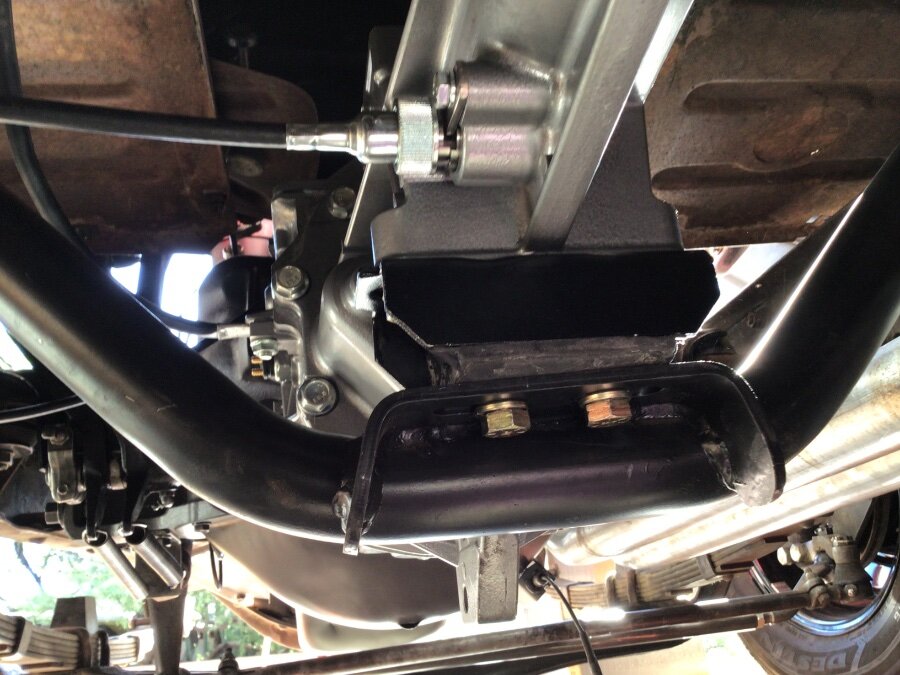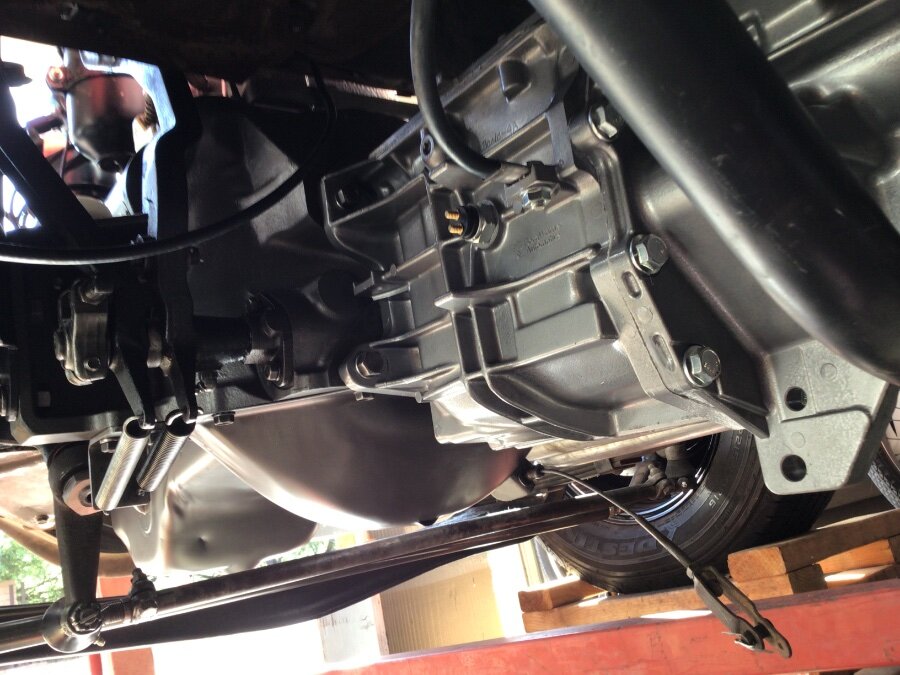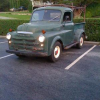Leaderboard
Popular Content
Showing content with the highest reputation on 05/31/2023 in all areas
-
8 points
-
I may have participated a day early.... I finally got around to installing the driver's side A pillar piece. I was never happy with how the pass side one laid out so I put the other off. Decided to see how the heat gun handled that stuff. Pretty quickly you can mold it to shape. So I fixed the pass side and trimmed up the driver's. Also wire wheeled the running board mounts for turkey truck and slapped on some rust coating.2 points
-
1 point
-
IMHO, that is a red flag .... should have been changed during the rebuild. Since they did not, I would also question what else was done or not done during the rebuild.1 point
-
Hydraulic systems take the path of least resistance. In a multiple cylinder system the cylinder with the lightest load will actuate first. That being said, are your return springs the same? If they are different sizes or one is stretched and they don't have equal tension they will not act in unison.1 point
-
1 point
-
Then you would know if it is a head gasket, crack in block ect....1 point
-
1 point
-
So I went away for a while...I was in the mid west for a month and then Erie PA for a couple of weeks...been slowly cobbing things back together... So we finally got wheels from the fine folks at Wheels Vintiques...the rear ones took over 6 months and the front ones were over 9 months.. Got everything mounted up nice nice too... So I had built this hood for this heap out of 18 gauge sheet metal that I had laying around and it just never looked right on it...so I cut it apart and made front fenders for the ole girl.. Old hood I cobbled up... New spiffy front fenders shown here...that was the hood.. I did a thing too with the whole rear end set up... Pulled all this nice shiny Chinese parts off the heap... This is how old stock cars should look like from this era... The fine folks at Posies hooked me up...I had talked to them a year back and the fellow I talked to on the phone said they were out of stock but he would touch base with me again when they came back into stock again...took I bet 9-10 months before they came in... Currently hanging a lot of wires and gauges...taking my time as I don't have a clue what I am doing... Once the ole heap is running and moving...then I need to drive it...not looking forward to driving at all... It has been a fun build so far...1 point
-
most glaziers have the template available through NAG....contact them and inquire.1 point
-
lookin' good, I see in your profile your from Lewiston. I had an Aunt that lived in Clarkston awhile back, sure gets hot down in that hole!! Hows the Dodge pull that hill on up to Uniontown? Was this a car show in Lewiston?1 point
-
Nope that's the got cutoff in traffic model horn ring. My car had one too1 point
-
The purpose of the ballast resistor is to minimize/reduce the points for burning, it steps the voltage down to about 9volts from +12v. Note, it will still work without a ballast but you would need to service/replace your points more regularly. It wasn't required on 6volt systems the voltage was low enough already.1 point
-
I would take the car to the glass shop and let them make the pattern, this any mistakes is on them, and they fit it to the car.1 point
-
GL1 is still available, never been made obsolete and likely never will, the GL2, GL3 and GL6 are obsolete with GL4 and GL5 a hypoid oil with EP additives and the move from sulfur to other additives, you still do not need this in a tranny, only in the rear differential. If the GL1 was not available I could see a discussion for a substitute, I also see other marketed gear lubes used but again, these are not hypoid gear classed oils. If it is marked EP...not for the tranny.1 point
-
I’m in the middle of putting a T5 in my truck and following John-T-53 Project T5 so on Saturday I installed the transmission mount ( Trans-Dapt #9444 ) and attached the battery ground cable to the transmission, getting the driveshaft shortened this week and still need to fab a bracket for the e-brake.1 point
-
Just don't talk about small block Chevs and you'll be ok. ? Don't ask dumb, redundant questions and you'll be ok too .. Rest in Peace Don Coatney.1 point
-
I‘m afraid I may have gone a bit afar afield for the original topic as introduced by “cruz” – “Hard Starting In Cold Weather...217 Spark Upgrades For Better Starting”. I certainly didn’t intend to dilute the contents of his topic, but I probably did, and I apologize to cruz for that. I’m new to this forum stuff, so sorry to anyone else who may have taken exception. That isn’t an excuse, just an explanation. So, that’s why I tho’t it best to start a new topic, based upon my initial question, which was about the size the battery cables should be in our car ('46 Plymouth Special Deluxe Club Coupe). I wish there was a “Reader’s Digest” version, but unfortunately, there isn’t, so I’ll have to present the Encyclopedia Britannica version (sorry . . .): Recapping: it isn't particularly hard starting. however (here’s where I wandered afield . . .), what’s the proper/appropriate gauge cable for the cables from the battery? The car is 6v negative ground. It was that way when we got it. I'm not sure if it was that way originally (altho' I rather doubt it was . . .), if it was switched deliberately (who knows), or if it was switched by accident. In any case, I'm not inclined to switch it back to positive ground. I've rewired is using a Ron Francis "Get It Running" harness, specifically designed for 6v systems. While the gauge of the wiring is smaller, I'm assured by Ron Francis that since the amperage of the individual systems well within the wire's capacity, so it won't be problem, and they've never had anyone report any overloading problems. Also, I went from a single fuse, to a fuse block with several fuses. I have a suspicion the battery cables are 12v cables (as it turns out – they are), and based on what I'm reading here, are most likely too small, and may be restricting sufficient electric flow to the starter. Remarks????? Dave72dt replied with the following: 12 v battery cables are typically 4 gauge. 6V cable should be 1, or 0 is even better. Smaller gauge numbers on wire means heavier wire, 10 gauge being a heavier, thicker wire than 14 or 16 for example, 0 is heavier than 1 gauge. I then answered: As a follow-up to your comment re: 1 gauge, or 0 gauge – I’m not sure, but that sounds pretty big to me. However, if that's what it takes, then that's what it takes. Some of questions for you about this, tho' – 1) Approximately how big is that gauge (¼”, ½”); 2) Should those larger cables be between the battery and the solenoid, the solenoid and the starter, or both; 3) Should it also go from the battery ground (negative post, in my case) and the engine (where it is currently); and, 4) Use a covered cable for the ground vs the braided type? Dave72dt then provided me the following answers: 1) 1 gauge will be about 1/2 inch in diameter, 0 a bit larger and my personal choice, 00 is about 3/4 inch in diameter; 2) Both; 3) Yes; and 4) Doesn’t need to be, but if you need one made for a specific length, covered would be my choice. Also doesn’t expose the wire to corrosion. Dave72dt – I took the three cables I need to replace with me, and went the auto parts store where I have an account. He confirmed that the ones I had were 4 gauge, as you correctly suspected. He had 000, which is huge! He said they use it in semi-tractors, and heavy construction equipment. I think that’s overkill for my application. He had 2 gauge there, which he’s using in his own 6v car. He doesn’t keep either 1, 0, of 00 gauge, in stock, but can get it in a few days, but the cost was higher than the 2 gauge, since he’ll also have to get the end fittings to fit the larger cable, as well. He also stated that the difference between 2 and 1, or 1 and 0, or 0 and 00, isn’t that dramatic, and the reduction in amperage capacity is negligible. Given the comments from you, and from him, I elected to go with the 2 gauge set-up. Comments???1 point



